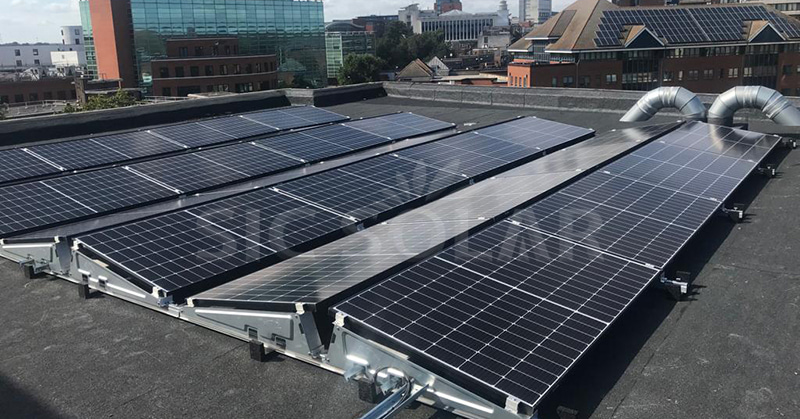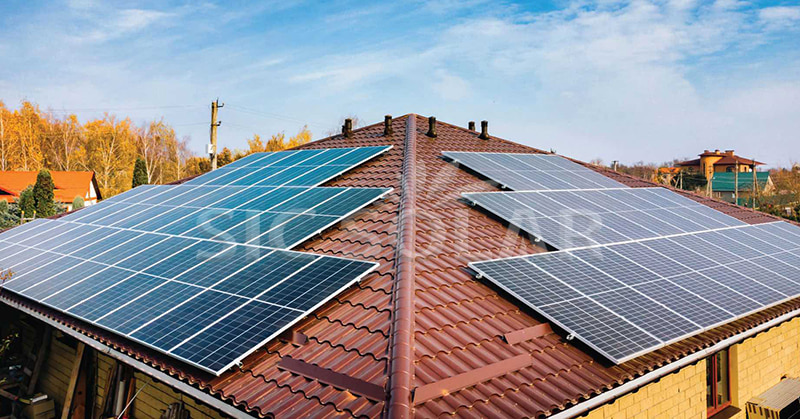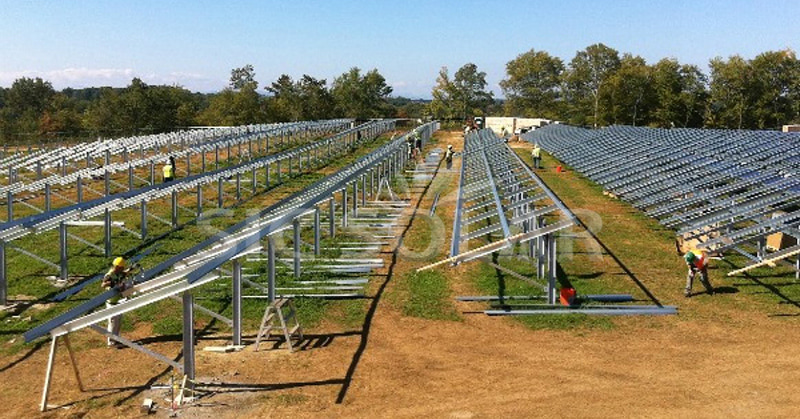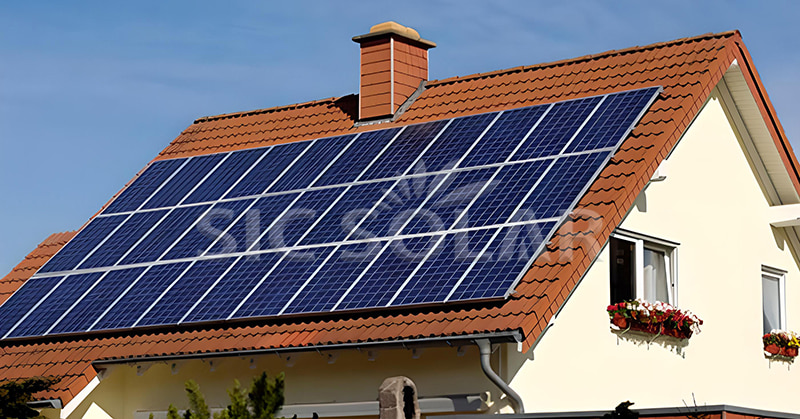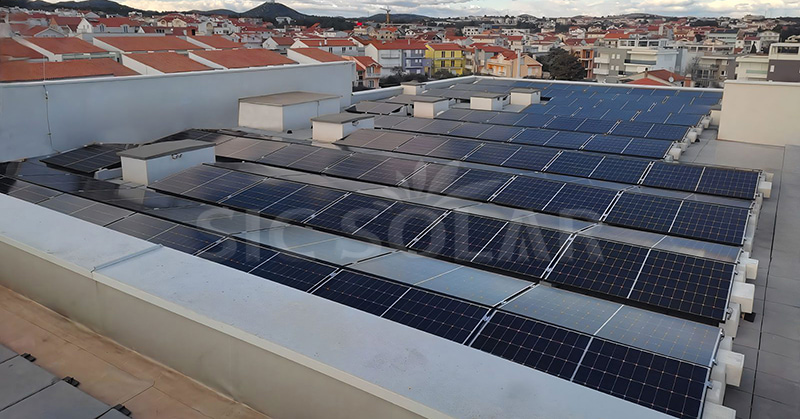How to Space Solar Panels on a Flat Roof?
Installing solar panels on a flat roof requires careful attention to spacing to maximize energy production and maintain the longevity of the system. The arrangement and angle of the panels can greatly affect the overall performance of your solar setup.
Key Factors for Solar Panel Spacing on Flat Roofs
-
Tilt Angle and Sunlight Capture The angle at which the panels are tilted plays a significant role in how much sunlight they can absorb. On a flat roof, panels are often elevated to an angle to catch the most sun throughout the day. If the tilt isn't right, the panels might not get enough sun, which can decrease their energy output.
To achieve the best tilt, panels are usually mounted on a rack or frame that lifts them off the roof. The angle should match the latitude of your location for optimal sun exposure. Once the tilt is set, it's crucial to space the panels properly to prevent shading and allow for air circulation.
-
Avoiding Shading Spacing is essential to prevent shading, which can seriously cut into the energy output of your solar array. If panels are too close together, those in the back can be cast into shadow by those in front, especially as the sun moves. This is a significant issue on flat roofs where the panels might not be as steeply tilted as on pitched roofs.
Shading can reduce a panel's efficiency by up to 20%, so it's vital to keep rows of panels far enough apart. A general guideline is to maintain a 2 to 4-inch gap between each panel and adjust row spacing based on the tilt angle. The more tilt, the more space is needed between rows.
-
Wind Resistance and Panel Alignment On flat roofs, how the panels handle wind is a critical consideration. They need to be securely installed to resist strong gusts that could lift and damage them. The spacing between panels also affects how much wind pressure the array can handle. Panels should be spaced to allow for secure anchoring without overlap or added stress points.
If you're in a windy area, you might need extra structural support. Adjustable mounting systems can help with alignment and ensure panels are firmly fixed, preventing any movement caused by wind.
-
Maintenance Access When spacing panels, consider leaving enough room for maintenance and cleaning. Panels should be spaced to allow for proper air circulation, which aids in cooling. Additionally, having access space between rows of panels ensures that maintenance can be performed without risking damage to the system.
-
Roof Space Constraints The amount of roof space you have will also dictate how you space your solar panels. Smaller roofs might aim to fit in as many panels as possible, but this could compromise efficiency if there isn't enough space. Larger roofs offer more flexibility for optimal panel placement and spacing.
How SIC Solar Mounting Systems Can Assist
SIC Solar offers innovative photovoltaic mounting solutions that are designed to optimize solar panel installations, particularly on flat roofs. Their adjustable systems and high-quality materials ensure that your solar panels are positioned for maximum efficiency, durability, and performance.
-
Ballast Mounting Systems For flat roofs, SIC Solar provides ballast mounting solutions that use weight to secure the panels without penetrating the roof. These systems are flexible, allowing for customized spacing and tilt adjustments while protecting your roof's integrity.
-
Adjustable Angle Mounting SIC Solar adjustable mounting solutions let you set the perfect tilt angle for your panels, ensuring they capture the most sunlight throughout the day. These systems maximize solar array efficiency by optimizing sun exposure and allowing you to adjust panel spacing based on your roof layout.
-
Wind-Resistant Design SIC Solar mounting systems are built with wind resistance in mind. They use strong, durable materials and secure anchoring to withstand wind challenges, ensuring the longevity and safety of your solar array, especially in high-wind areas.
-
Customization for Roof Space SIC Solar solutions are tailored to your roof's specific needs, allowing for customized panel spacing and orientation. Whether your roof is large or small, their flexible systems can be adapted to fit your solar panel needs and maximize space for energy production.

